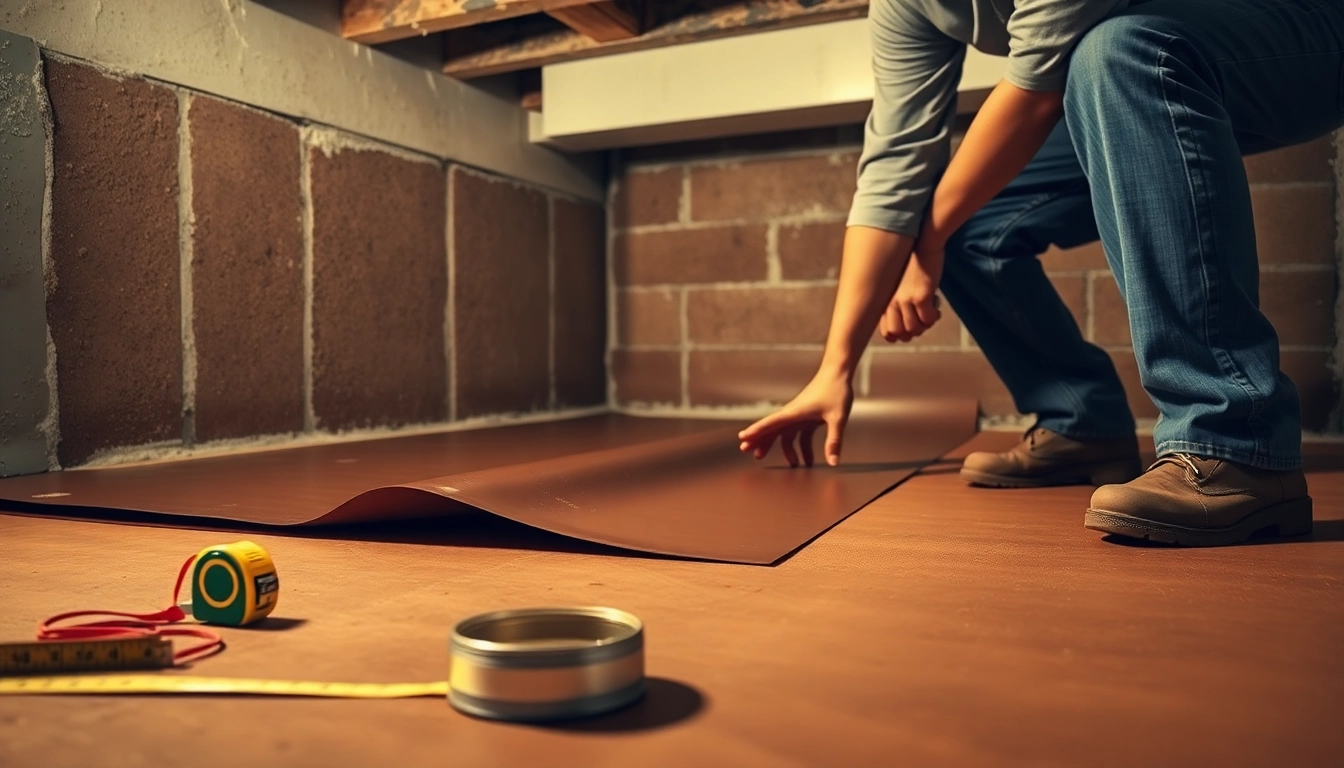Understanding Blower Door Tests
What is a Blower Door Test?
A blower door test is a diagnostic tool used to measure the airtightness of a building. By employing a powerful fan mounted in an exterior doorway, the test effectively creates a pressure difference, allowing professionals to measure how much air is leaking out of or into the structure. This process helps in identifying areas that are not adequately sealed, thereby offering insights into potential energy inefficiencies.
The Importance of Blower Door Tests for Homeowners
For homeowners, understanding the efficiency of their home is crucial. A properly executed blower door test can reveal critical information about the air dynamics within a house. With the rising cost of energy, homeowners are increasingly looking for ways to minimize their consumption. By hiring blower door test companies, they can obtain valuable assessments that lead to enhanced energy savings, improved comfort, and a reduction in utility bills.
How Blower Door Tests Work
Blower door tests utilize a specially designed fan that is placed in an exterior door frame, creating a controlled low-pressure environment. This setup allows testers to measure the air flow through the fan when the house is pressurized or depressurized. The data collected can then be interpreted to determine the volume of air leaks present in the structure. Various metrics such as air changes per hour (ACH) help gauge the overall efficiency of the home.
Criteria for Selecting Blower Door Test Companies
Certifications and Experience
Choosing the right blower door test companies requires an understanding of their qualifications and expertise. Look for companies that have certification from recognized organizations such as the Residential Energy Services Network (RESNET) or the Building Performance Institute (BPI). These certifications indicate that the company follows industry best practices and has undergone rigorous training. Moreover, consider their years of experience; companies with a robust track record are likely to deliver more reliable assessments.
Technology and Equipment Used
The quality of the equipment used in blower door testing can greatly impact the accuracy of the results. Look for companies that employ state-of-the-art technology including advanced blower door systems and pressure gauges. The use of infrared cameras in conjunction with blower door tests can also provide visual insight into air leaks, significantly enhancing the testing process.
Customer Reviews and Reputation
Customer feedback is a valuable resource for assessing the credibility of blower door test companies. Online reviews, testimonials, and referrals can offer insights into the company’s reliability, responsiveness, and overall professionalism. Be sure to research their reputation through platforms like Google Reviews or the Better Business Bureau to ensure trustworthiness.
Benefits of Professional Blower Door Testing
Enhanced Energy Efficiency
One of the primary benefits of blower door testing is improved energy efficiency. By identifying air leaks, homeowners can take action to seal these gaps, which leads to reducing energy consumption. In turn, this translates to lower utility bills and a reduced carbon footprint, making homes not only more economical but also more environmentally friendly.
Identifying Air Leaks
Blower door tests pinpoint specific locations of air leakage, making it easier for homeowners to address these issues effectively. Common leak sources include windows, doors, and various joints within the home’s structure. Armed with this knowledge, homeowners can focus their efforts on remediation, which increases the overall comfort of their living spaces.
Improving Indoor Air Quality
Besides energy efficiency, blower door testing plays a crucial role in improving indoor air quality. Air leaks can allow dust, pollen, and other allergens indoors, affecting respiratory health. By sealing these leaks, one can ensure that the air circulating within the home is cleaner and healthier, which is especially important for children and individuals with existing health conditions.
Common Challenges in Blower Door Testing
Understanding Test Results and Metrics
The results of a blower door test can often be complex, particularly for those unfamiliar with the terminology used in the industry. It’s essential to have a clear understanding of key metrics such as air changes per hour (ACH) and effective leakage area (ELA). These figures not only help in interpreting the data but also play a crucial role in potential follow-up actions required to improve home efficiency.
Addressing Variability in Home Structures
Each home presents unique challenges due to differences in structure, design, and age. Older homes may present more leakage points due to pre-existing wear and tear, while newer constructions may require different considerations. It’s vital for companies to adapt their methods and provide tailored solutions that account for these structural variabilities.
Common Misconceptions About Testing Processes
Many homeowners may have misconceptions about blower door testing, such as believing that it is only necessary for energy audits of older homes, or that the process will disrupt their daily life. In reality, blower door testing is beneficial for homes of any age and can often be completed with minimal interruption to the household. Educating homeowners on these points can increase the acceptance and understanding of this valuable assessment.
Next Steps After Blower Door Testing
Interpreting the Findings
Once the blower door testing has been conducted, the next step is to carefully interpret the findings. This usually involves a comprehensive report that details the measurements taken and identifies specific areas of concern. It is often advisable to schedule a consultation with the testing company to understand the implications of these results fully and discuss potential next steps.
Implementing Recommendations for Improvements
Following a thorough analysis, the next logical step is implementing the necessary improvements. Whether it involves sealing gaps, upgrading insulation, or ensuring windows and doors are properly fitted, homeowners should take actionable steps based on the findings. Many blower door test companies also offer services or partnerships with contractors to facilitate these improvements.
Follow-Up Testing and Monitoring
After implementing recommendations, follow-up testing is crucial to gauge the effectiveness of the changes made. A second blower door test can provide a comparative analysis to evaluate improvements in airtightness. Continuous monitoring and occasional testing can help maintain energy efficiency, especially as home features change or weathering occurs over time.


